Flowers are universally loved, whether they are given as gifts, received as presents, or grown independently. With an array of flower types available, annual flowers can enchant the senses in any season. Some annual flowers bloom for longer periods than others, making them perfect for those looking for a more extended burst of color and vibrancy.
If you are unsure of the difference between perennials and annuals, let us explain. Perennial plants are planted once and come up every year, while annuals live for one growing season before they die. While some flowers bloom for shorter periods, others can last for a long time, adding charm to your yard or garden.
We have compiled a list of 28 long-blooming annual flowers that will add color and charm to your outdoor space. Check them out below:
1. Sweet Alyssum
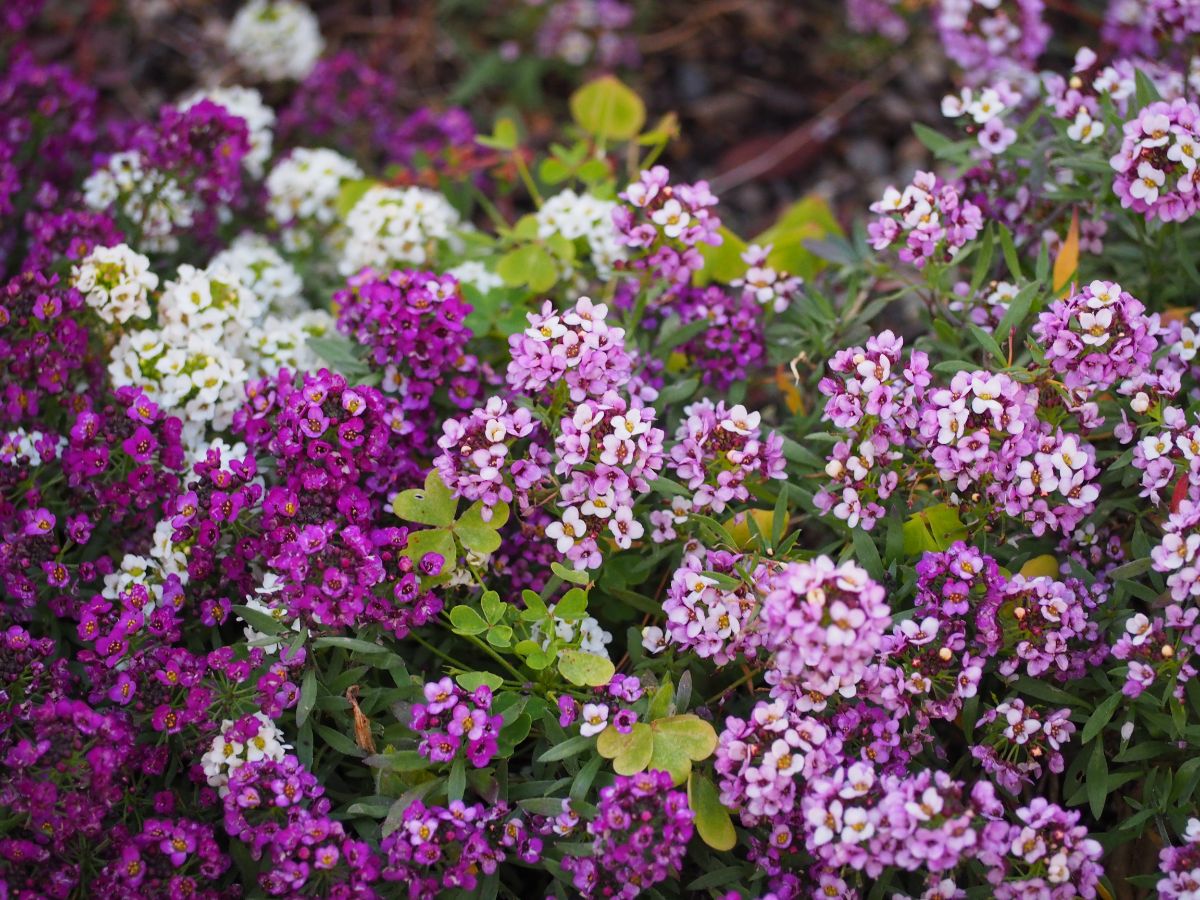
Alyssum is a plant that is both versatile and beautiful, making it a great choice for borders and pairings with other statement flowers. With its scientific name Lobularia maritima and other common names like carpet flower, this plant is native to Europe and can grow to be 3-9 inches high and 6-12 inches wide. Its blooms come in a variety of colors such as purple, white, and pink and can be seen in the fall and spring seasons. Alyssum prefers full or partial sun exposure and can thrive in hardiness zones 5-9 with moist and well-drained soil.
These dainty florals have a light fragrance that adds a delicate aroma to your garden or flower bed. While the flowers are relatively small and grow in clusters, they are considered invasive in certain areas like California due to their aggressive growth. However, if you are looking to add some color to your garden, Alyssum is a great option. You can plant them in the spring after the danger of late frosts has passed. Though the flowers may fade in the summer heat, they may bloom again in the fall. In areas without frost or snow, Alyssum can even be grown through the fall and winter.
Another great plant for adding color to your garden is Angelonia. Stay tuned for more information on this beautiful plant!

Angelonia is a great choice for anyone looking for a beautiful container flower. Its scientific name is Angelonia angustifolia and it is also known as the summer snapdragon. This flower is native to Mexico and Argentina and can grow up to 12-24 inches tall. The blooms come in pink, purple, and white and appear from late spring through fall. Angelonia prefers full sun exposure and well-drained soil. It can thrive in hardiness zones 8-11.
One of the best things about Angelonia is that it produces hundreds of flowers throughout the growing season. This makes it a favorite among hummingbirds and butterflies. Despite its nickname, the summer snapdragon is not actually related to the traditional snapdragon flower. Angelonia is great for containers and does well in hot and sunny locations. Its cascading habit makes it perfect for hanging baskets or for spilling over the edge of a container. If you’re looking for a reliable and beautiful container flower, Angelonia is a great choice!
Another container flower option is the African Daisy.

The African daisy, also known as Osteospermum or blue-eyed daisy, hails from South Africa and boasts a range of colors including red, orange, yellow, lavender, violet, and white. These vibrant flowers bloom from late summer through early fall and flourish in full sun with well-drained soil. Standing at 12-36 inches high, African daisies are a cheerful addition to any bouquet and can also stand alone as a stunning display. In short, these happy flowers have plenty to offer!

Celosia flowers make a great addition to any cut flower arrangement. With its scientific name being Celosia argentea and other names including red fox and wallflower, this plant comes from Africa and India. Standing at 24-36 inches high and blooming in colors of yellow, orange, red, and magenta, these plants bloom during late summer through fall. Celosia thrives in full sun exposure and can be grown in hardiness zones 2-9 as long as they are planted in well-drained soil. These annuals are low maintenance and have various varieties, including Century Mix and Dragon’s Breath, some of which can grow quite large. The flowers attract many pollinators, particularly bumblebees, and can also be used for dried flower arrangements.
Another great option for a cut flower arrangement is Dianthus.
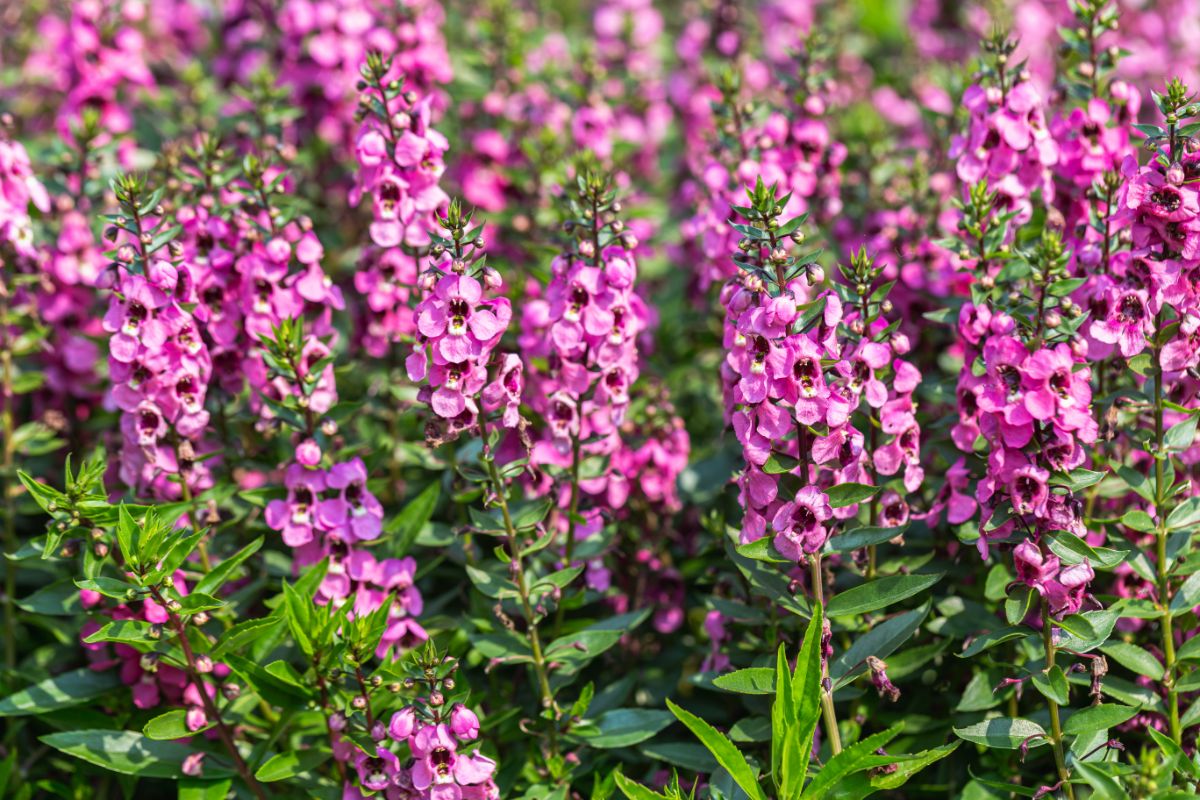
Dianthus is a delightful plant that offers a plethora of benefits, including its aromatic fragrance. This versatile plant comes in annual, perennial, and biennial varieties, making it an excellent addition to any garden. Dianthus caryophyllus, also known as pinks, is native to Europe and Asia and stands at a height of 6-12 inches. Its blooms come in shades of pink, magenta, and white and can be seen from spring to early summer. Dianthus is a sun-loving plant that can also tolerate partial shade and thrives in well-drained soil. Its bluish-green foliage provides a beautiful contrast to the blooms and adds to its aesthetic appeal. Garden Cosmos enthusiasts appreciate the lovely scent of Dianthus and often include it in their gardens.
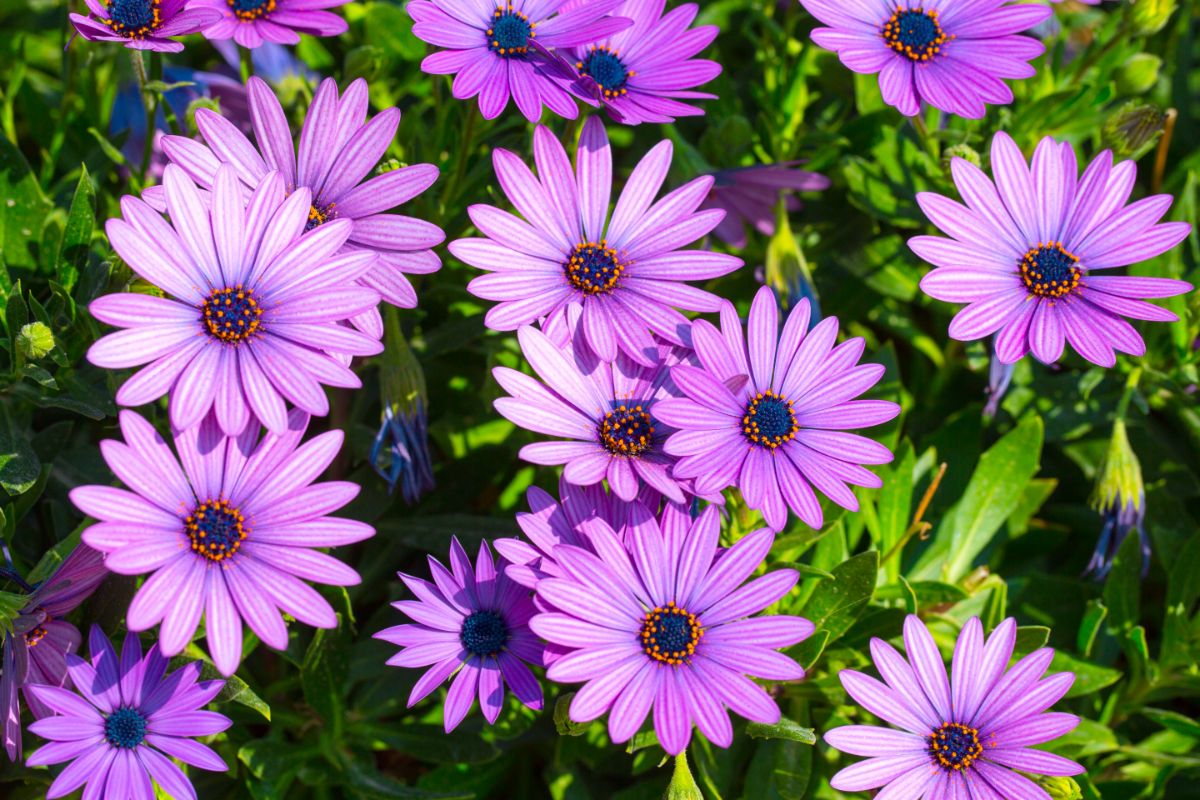
Cosmos, also known as Mexican aster, are a magnificent addition to any cut flower arrangement due to their grand and elegant appearance. This plant, scientifically named Cosmos bipinnatus, originally hails from Mexico, Guatemala, and Costa Rica. It can grow to be anywhere from 24 to 48 inches tall and boasts gorgeous blooms of pink, magenta, or white. These blooms appear midsummer and last until the first frost. Cosmos thrive in full sun and can survive in hardiness zones 2-11 as long as they are planted in well-drained soil. Luckily, these flowers are simple to cultivate from seed by planting them in late spring. For bright and beautiful flower clusters, try the “Sensation mix” or “Heirloom” varieties. Lastly, snapdragon is another lovely choice for your garden.
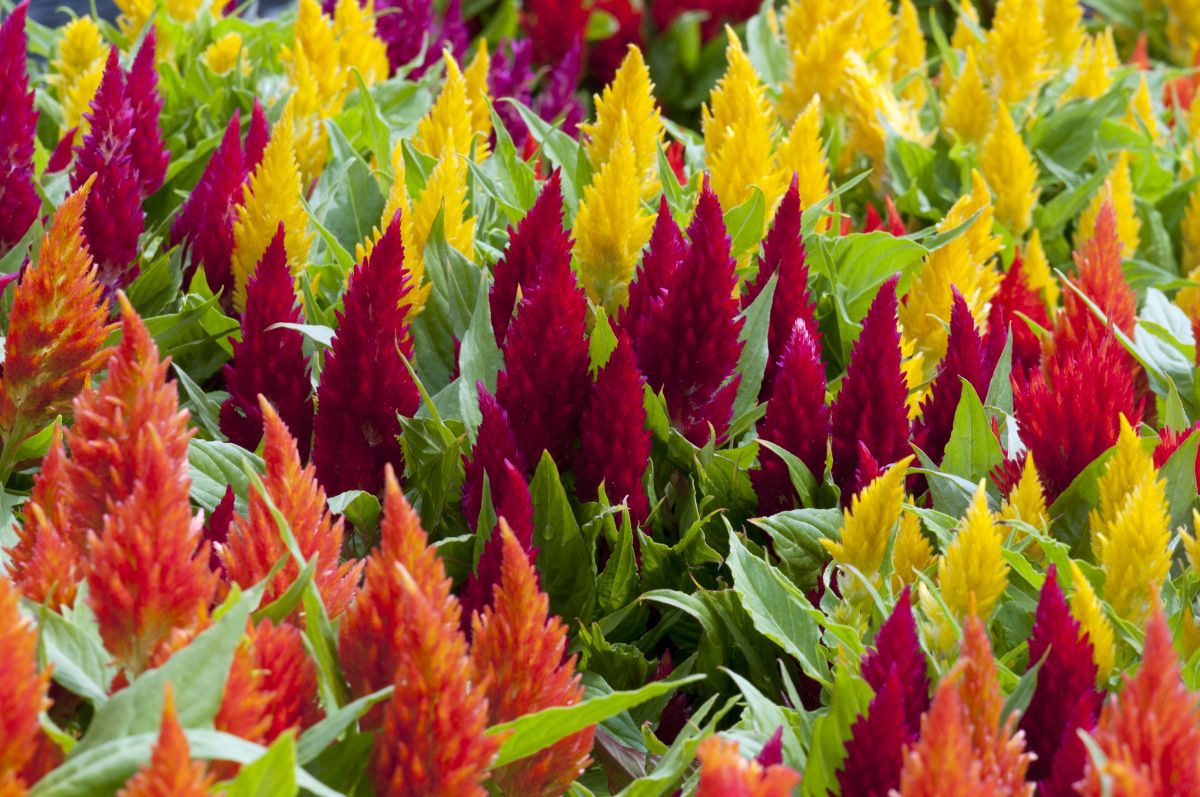
Snapdragons are a beloved flower that people look forward to every year for various reasons. These flowers, scientifically known as Antirrhinum majus, also go by the names lions-snap and lions mouth. They originate from Spain and Italy and grow to be between 12-36 inches tall. Snapdragons are available in a range of colors such as red, light orange, orange, yellow, purple, violet, and white and bloom from spring to fall. These flowers require full sun exposure and thrive in well-drained soil in hardiness zones 7-11. Snapdragons are a great addition to any bouquet due to their varied colors and shapes, as well as their strong fragrance and unique, mouth-like petals. Another lovely flower to consider adding to your garden is the Geranium.
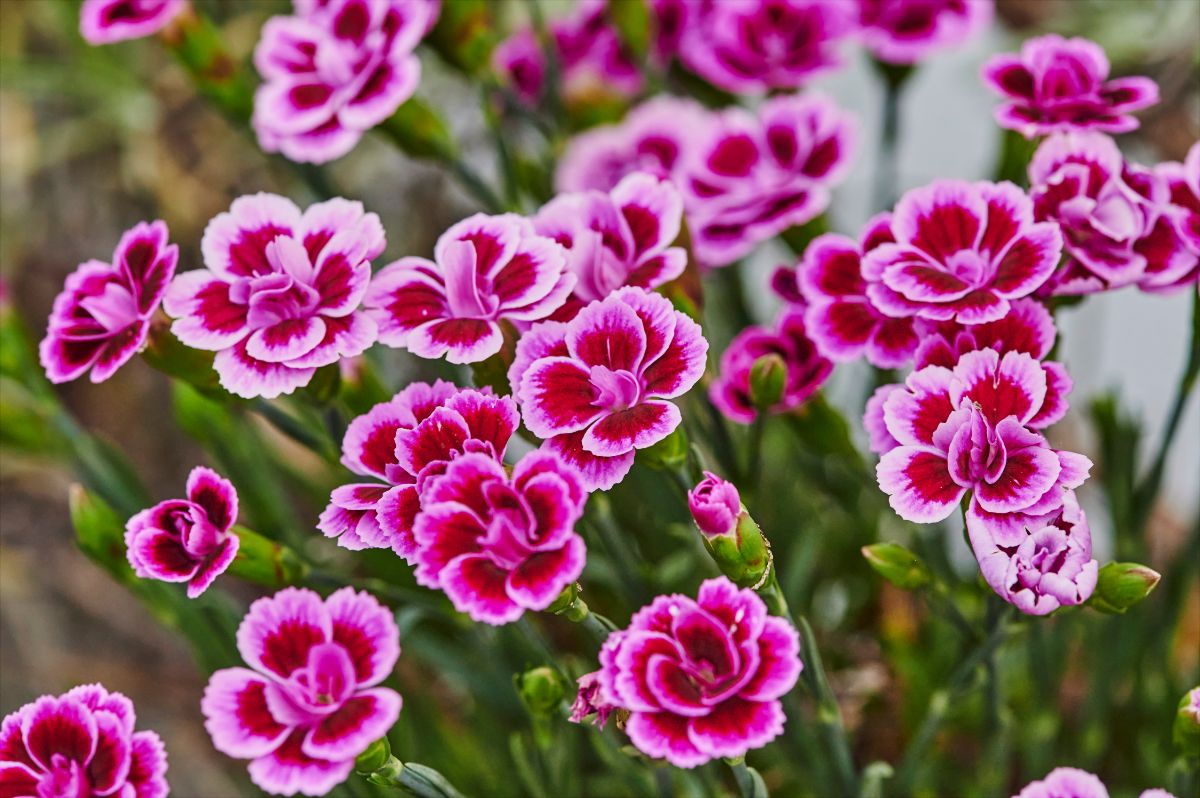
Geraniums are renowned for their easy upkeep, making them a popular choice among gardeners. The plant family, scientifically known as Geraniaceae, also goes by the name “cranesbill” and originates from South Africa. These plants typically grow to be between 12 to 28 inches tall and display blooms in various colors such as yellow, white, orange, pink, and red, occasionally presenting a reddish-yellow hue. The blooming season starts from early spring to mid-summer. Geraniums thrive in full sunlight and are suitable for hardiness zones between 9-12. For optimal growth, they require well-drained soil and can withstand dry spells, heat, and neglect. Additionally, some varieties of geraniums have insect-repelling properties. Fertilizing with an all-purpose fertilizer every 2-4 weeks will encourage a healthy and vibrant bloom. Another low maintenance plant worth mentioning is flowering kale, which requires minimal care yet adds an appealing aesthetic to any garden.
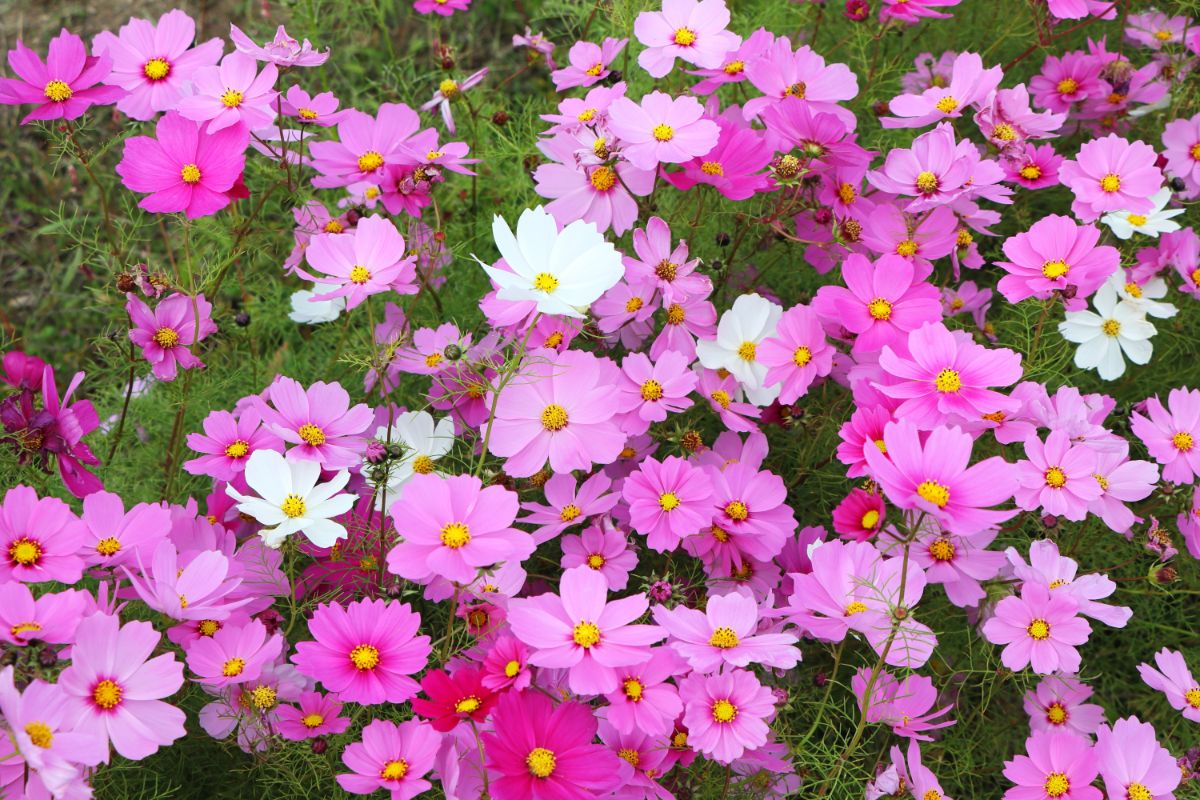
Flowering kale, also known as ornamental cabbage, is a lovely addition to any garden in the later months of the year. Its scientific name is Brassica oleracea and it originates from the Mediterranean and Asia. This plant typically grows to be about 12-15 inches tall and blooms in purple, green, and white during the spring to fall season. It requires full sun or partial shade and can thrive in hardiness zones 2-11 as long as the soil is well-drained. While it’s not meant for consumption due to its unpleasant taste, it boasts large and beautiful leaves that add a pop of color to any landscape. Flowering kale is at its best and most vibrant when grown in cooler temperatures. Another great option for a colorful garden is the Latana plant.

Lantanas are an excellent option for attracting hummingbirds and butterflies. Also known as shrub verbenas or latanas, their scientific name is Lantana camera. They originate from America and Africa and grow up to 12-18 inches high. These flowers come in various colors such as orange, white, red, yellow, and pink and bloom from early summer until the first frost. Lantanas thrive in full sun and well-drained soil. They are heat tolerant and drought resistant, making them perfect for warmer climates. Additionally, they have nectar-rich clusters that make them irresistible to hummingbirds and butterflies. In milder winter areas, this flower can act as a shrubby perennial plant. Another delightful flower that you can add to your garden is the Sweet Pea.

Sweet pea flowers have an exquisite fragrance that is truly remarkable. This beautiful plant is scientifically known as Lathyrus odoratus, and it also goes by other names such as bird of paradise and alfalfa. Originally from Italy, this plant can grow up to 2-10 feet high and bloom in various colors including white, pink, and reddish-violet during the spring and summer seasons. Sweet peas thrive in full sun exposure and are best suited for hardiness zones 7-10 with well-drained soil. One interesting fact about sweet pea flowers is that they are often used in the manufacture of perfumes due to their delicate and sweet fragrance. In addition to sweet peas, marigolds are another beautiful flower that can brighten up any garden.

Marigolds are a versatile and practical addition to any garden. Not only do they bloom in bright colors such as orange, yellow, and red from early summer until late frost, but they also have the added benefit of deterring pests. With a scientific name of Tagetes erecta and other names such as candytuft, this flower is native to Mexico and Guatemala and can grow from 6-24 inches high. These hardy plants thrive in full sun and well-drained soil, making them easy to care for. They are even resistant to deer! Starting from seed or finding them as transplants in garden centers is a breeze. Their pom-pom-shaped flowers will bring cheer to any garden all season long. If you want a low-maintenance flower with practical benefits, look no further than the marigold.
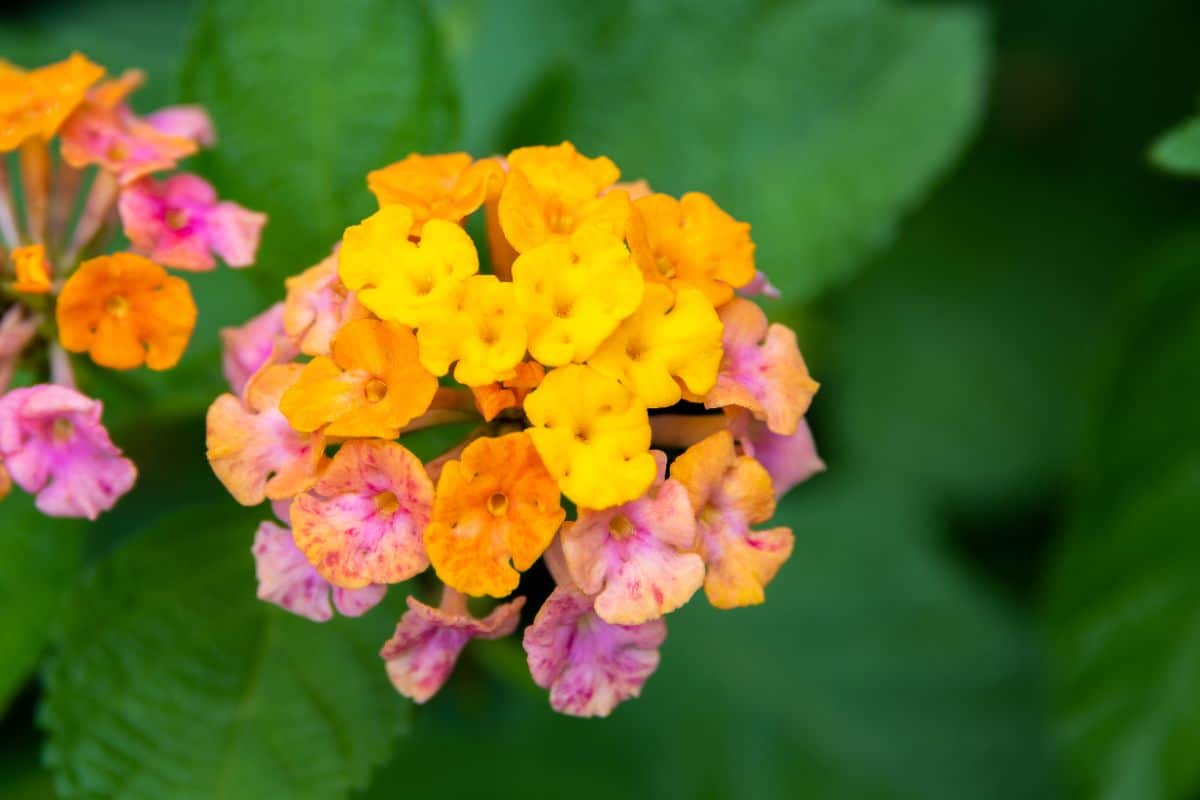
If you’re looking for a beautiful cut flower, the flowering stock is a great option. Also known as gillyflowers, these flowers have the scientific name Matthiola incana and are native to Eurasia and Southern Africa. They grow to be 12-24 inches tall and come in a variety of colors including red, yellow, light blue, white, purple, and pink. You can expect them to bloom in late spring and they do best in full sun with moist, well-drained soil. One of the unique features of flowering stock is their clove-like aroma, which makes them a popular addition to bouquets or as a decorative lining for your garden or lawn. Another great cut flower option is mealycup sage.

To encourage a second round of blooms, it’s recommended to trim the initial flowers of Salvia farinacea, which is also known as mealy sage or blue sage. This plant is native to America and Mexico and can grow up to 12-24 inches high with purple blooms from early summer until late frost. It thrives in full sun to partial shade and prefers moist, well-drained soil. Garden centers offer transplants for easy planting and Mealycup Sage can be a great addition to gardens as a vertical accent. August is the ideal time to cut off the flowers for a second round of blooms.
Moving on to English Primrose…
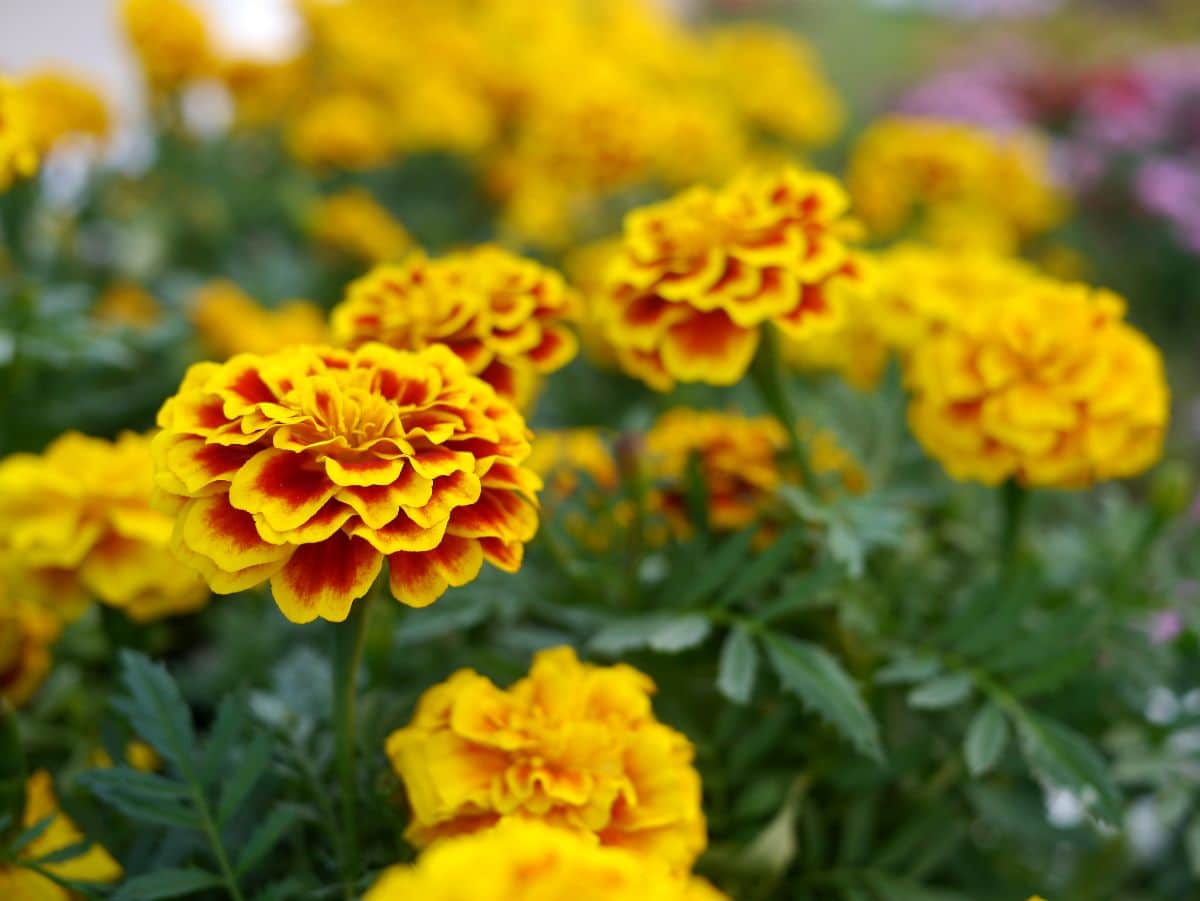
The Primrose, also known as the evening star and sundrop, is a versatile plant that can be annual or perennial. Its scientific name is Primula vulgaris and it hails from Europe, Africa, and Asia. Growing 6 to 20 inches in height, this plant blooms in a range of colors including red, white, orange, yellow, light blue, purple, pink, and white, depending on the variety and bloom time. Speaking of which, this can be late winter, early spring, or late spring, depending on the type of Primrose. This plant thrives in partial shade and requires well-drained soil. While the English Primrose is the most popular variety of annual, its lifespan is often short. Nevertheless, this winter favorite brings joy to any environment with its bright colors during the gloomy season. Another beautiful plant to consider is the Pentas.
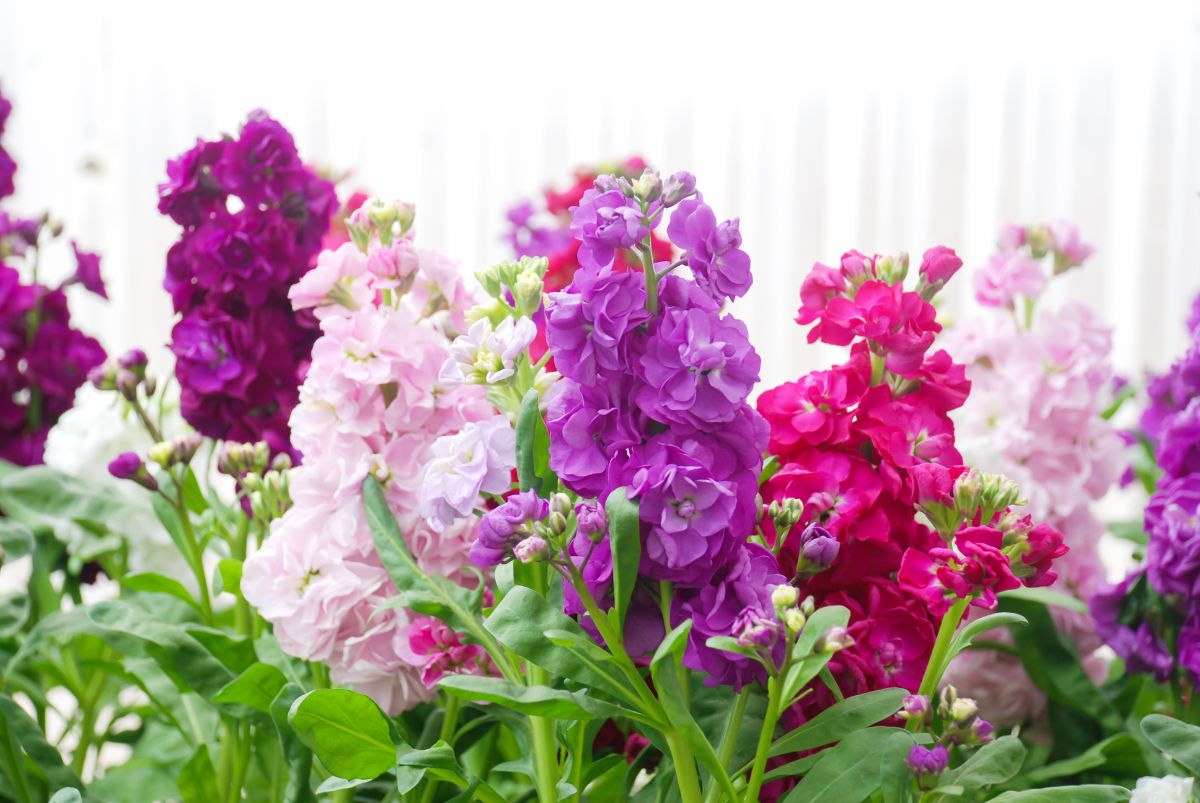
Star flowers, also known as Egyptian stars or Pentas lanceolata, are loved by pollinators. These annual flowers originate from Southern Africa, Comoros, Madagascar, and the Arabian Peninsula. They grow up to 12-24 inches high and bloom in pink, red, and white during the summer season. Star flowers thrive in full sun and well-drained moist soil in hardiness zones 10-11. Their large clusters of star-shaped flowers have a lot of nectar, making them very attractive to pollinators. Additionally, the Pentas can tolerate heat and humidity, making it an excellent filler in containers or garden beds. So, if you’re looking for splashes of color in your garden, consider adding these beautiful flowers to your collection. Another great option to consider is Calendula.
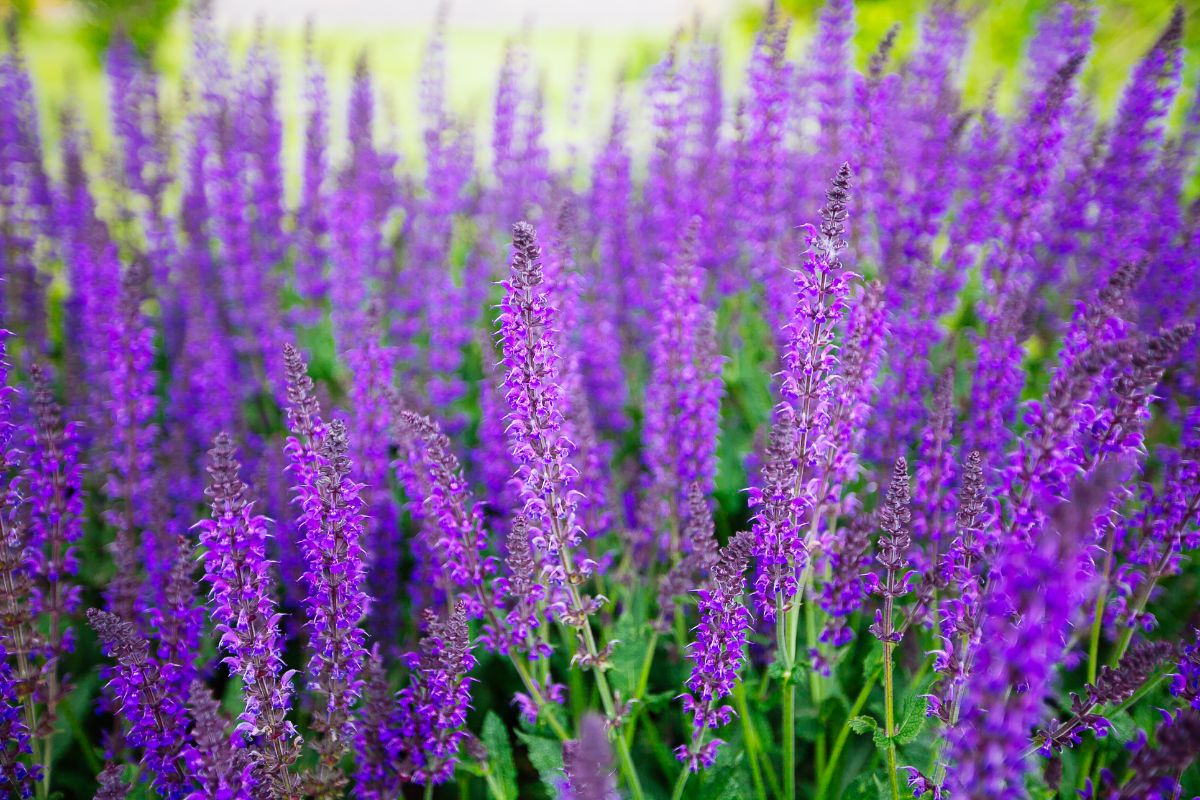
Calendulas, also known as pot marigolds, are not just beautiful flowers but are also edible. The scientific name for this flower is Calendula officinalis and it originates from Eurasia and Southern Africa. The plant can grow up to 12-24 inches high and blooms in a variety of colors from early summer until the first frost. It typically blooms from spring to early fall and requires full sun or partial shade to thrive. This flower is hardy in zones 2-11 and needs well-drained soil. Aside from being used as a decorative element, Calendulas are also commonly used in soups and salads. They are also used to create essential oils that help hydrate and heal the skin.
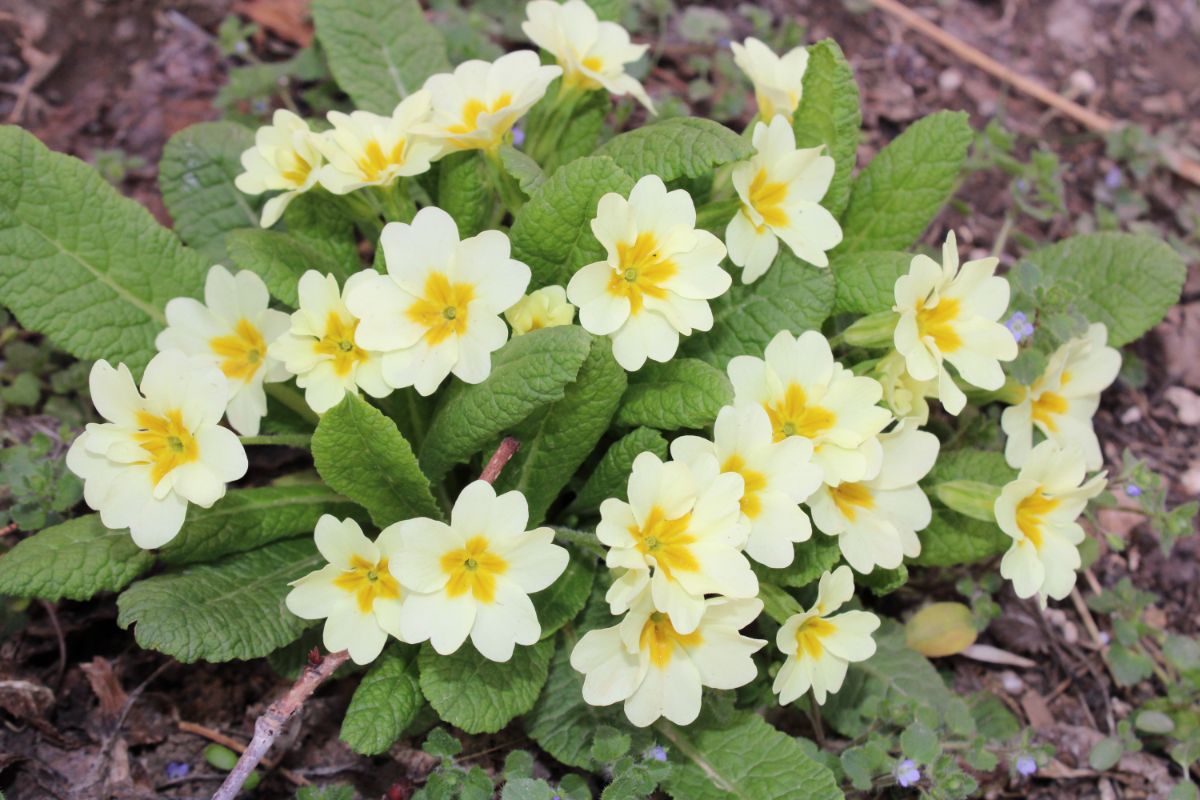
Petunias are a versatile and beautiful addition to any garden or container. These lovely flowers, also known as Petal or Posy, have the scientific name of Petunia atkinsania and originate from South America. They grow to a height of approximately 10-12 inches and bloom in various colors such as pink, purple, white, red, or yellow, from early summer until the first frost. The petunia plant thrives in full sun, preferably in well-drained soil, and is hardy in zones 9-11. You can use them to create a stunning floral display in your gardens, hanging off balconies and patios, or cascading over your containers and hanging baskets. The trumpet-shaped blossoms of the Petunia make it an excellent choice for creating a carpet of blooms in garden beds or hanging baskets. Another great flower to consider is Nasturtium.
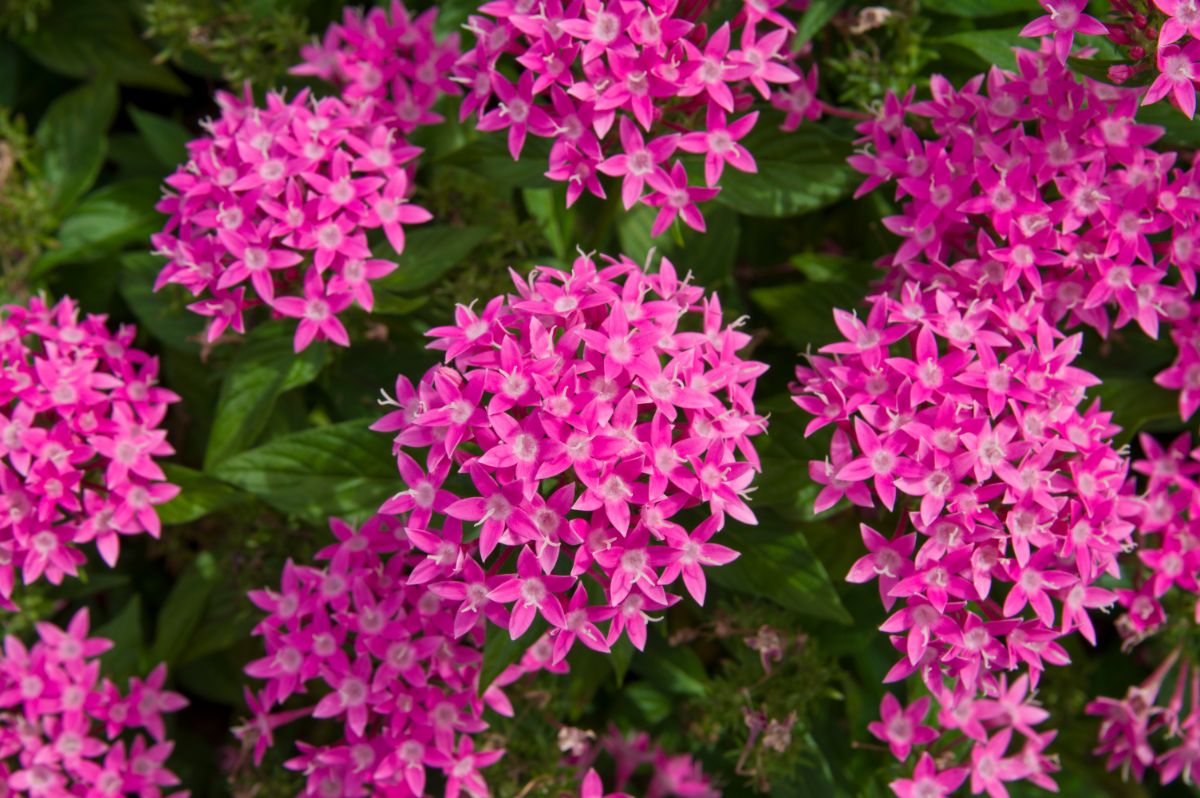
Did you know that nasturtiums not only make beautiful and colorful additions to your garden, but they also have benefits as companion plants? This plant, also known as Trapaelum majus, Indian cress, or Capucine, originated from Mexico, Central America, and South America and can reach up to 10 feet in height. With its vibrant blooms in colors of red, white, light orange, orange, yellow, purple, violet, and white, it adds a pop of color to your garden from spring to fall. Nasturtiums thrive in full sun and well-drained soil, making them perfect for hardiness zones 9-11. Not only are they popular as ornamental plants, but they also make great gifts for bouquets and other arrangements for the home or office. Another popular annual plant is the Annual Vinca.
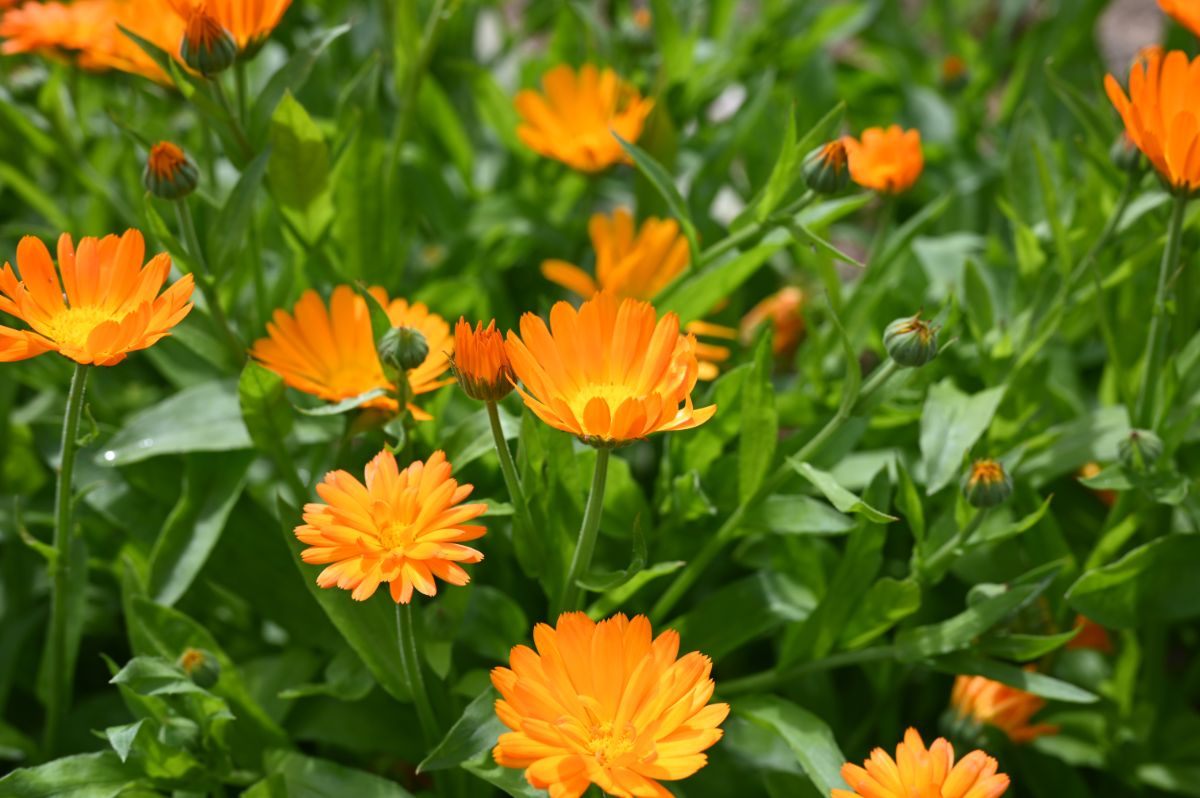
Vinca is a charming type of flower that trails beautifully. Its scientific name is Catharanthus and it’s also known as Madagascar periwinkle. It’s native to Europe and Northern Africa, and grows up to 12 to 18 inches high. Vinca blooms in various colors such as lavender, red, pink, and white from early summer until the first frost. It thrives in both full sun and partial shade, and is best suited for hardiness zone 10. This plant prefers well-drained soil conditions and has glossy green foliage that complements its pinwheel-shaped flowers. Vinca comes in trailing and upright varieties, ranging from 1 ft tall to 1 to 2 ft wide.

Begonias are a popular choice among flower enthusiasts due to their long-lasting, rose-like blossoms. They go by the scientific name Begonia and are also known as hebes or gladiolas. These flowers originate from Brazil and Mexico and can grow up to 8 inches to 3 feet tall. With a range of colors such as scarlet, light orange, pink, medium orange, violet, and white, they bloom during the summer and fall. Begonias thrive in full sun or partial shade and require well-drained soil. Whether incorporated in bouquets or used to decorate gardens, Begonias are a delightful addition to any floral arrangement. Another flower worth mentioning is the Zinnia.
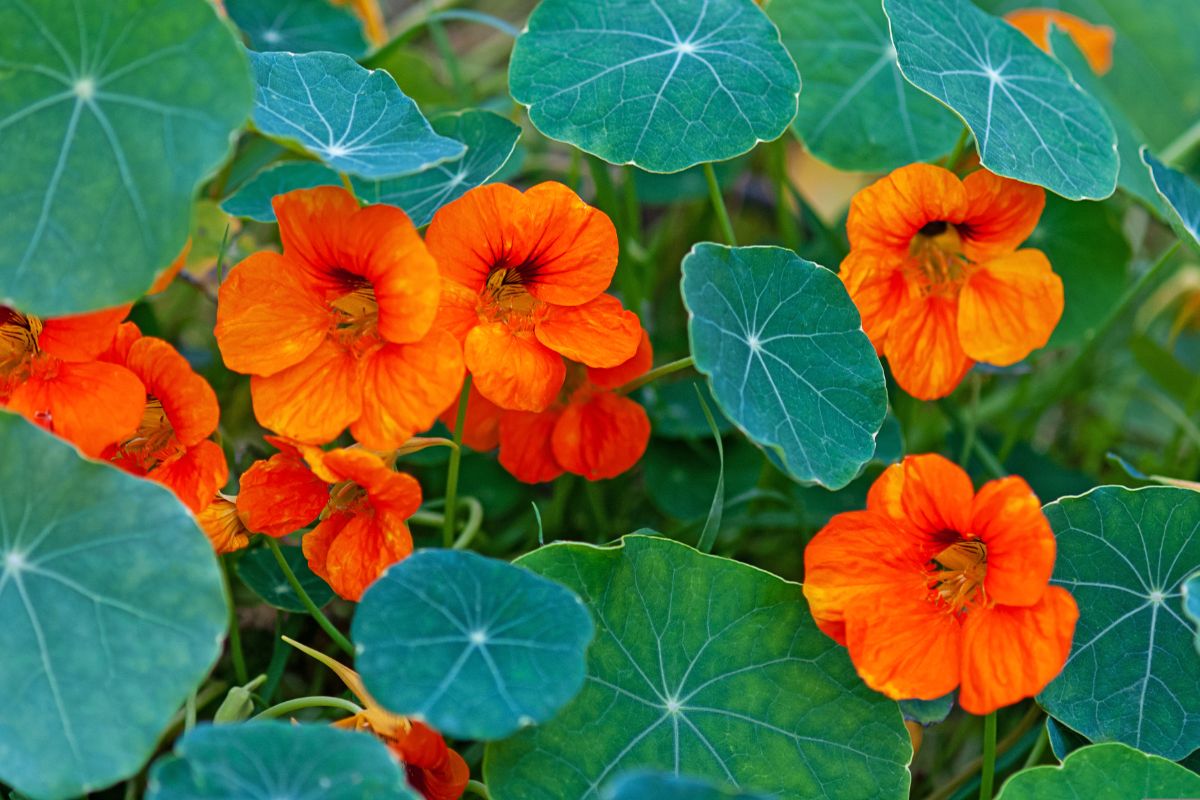
Looking for a beautiful and colorful addition to your garden that blooms all season long? Look no further than zinnias! With their scientific name Zinnia elegans, zinnias are also known as zeezees or ninis and originate from Mexico and Central America. These flowers grow to be between 2-6 inches high and come in a variety of vibrant colors including pink, red, yellow, orange, purple, white, lavender, and even green. Blooming from midsummer until fall, they thrive in full sun and well-drained soil, making them a perfect addition to any garden. Zinnias are easy to grow from seeds, so plant them as soon as the frost passes for a gorgeous display of daisy-like flowers all season long.
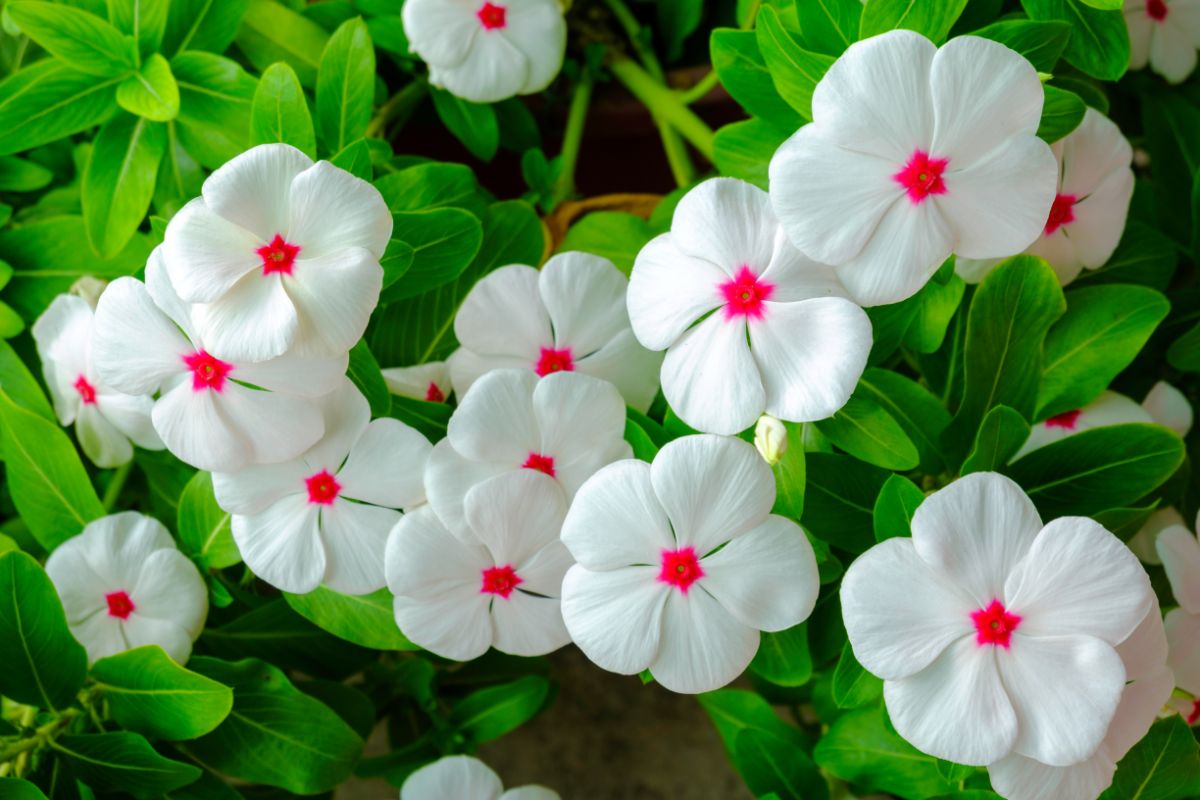
Bachelor buttons, also known as Cornflowers or Centaurea cyanus, are known to grow back as perennials in certain areas. These flowers are native to Europe and can grow up to 1-3 inches tall with blooms that come in shades of blue, purplish red, violet, and white. They typically bloom in the spring and summer months and require full sun exposure and well-drained soil. Interestingly, the blooms of the Cornflower have a clove-like taste and can be used as a garnish for meals. Another popular flower is the Impatiens.
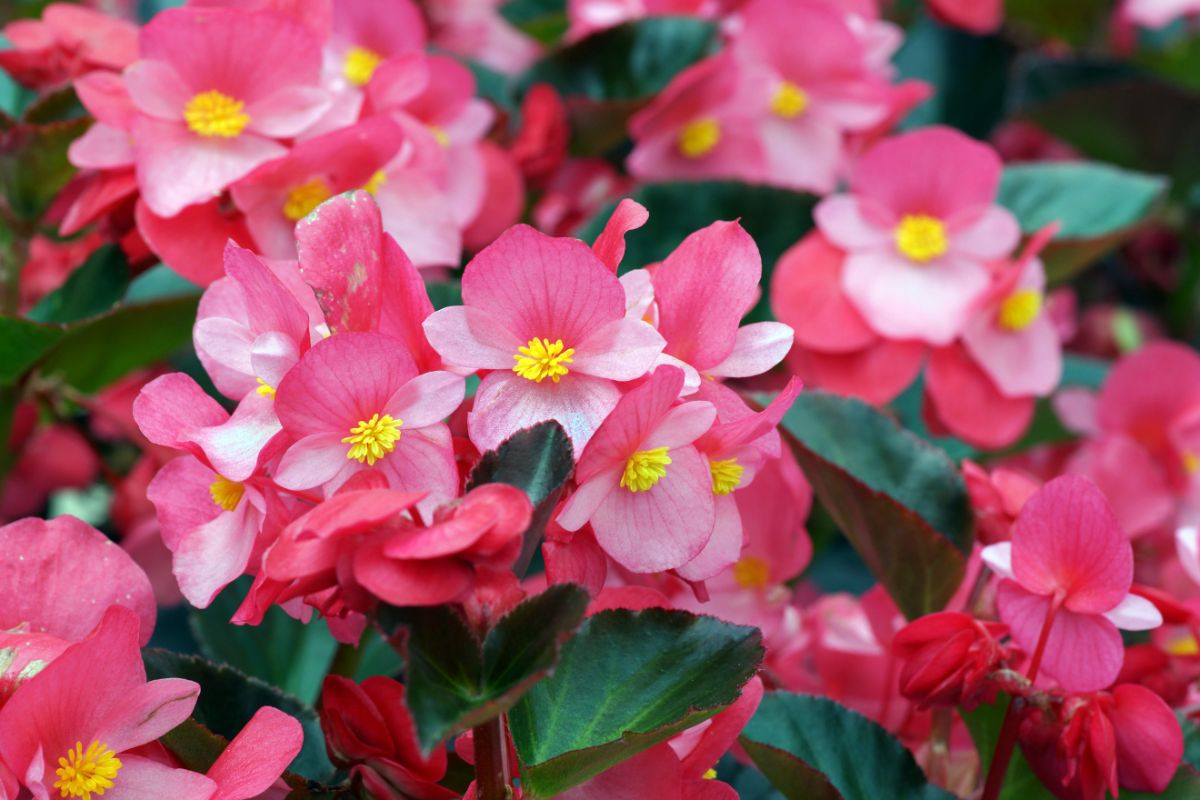
Impatiens are a popular choice for annuals due to their low maintenance and ability to thrive in shady areas. With the scientific name of Impatiens walleriana, they also go by the monikers of busy Lizzie or patient Lucy. These plants originate from Asia and grow to be 10-16 inches tall, displaying a range of colors including red, orange, yellow, light blue, purple, pink, and white during spring and summer. They prefer partial to full shade and are most suitable for hardiness zones 8-10, with well-drained soil being necessary for optimal growth. Ideal for container planting, these flowers are easy to cultivate and are affectionately known as busy Lizzy’s in England and patient Lucy in the US.
Moving onto another plant species, we have the Pansy.
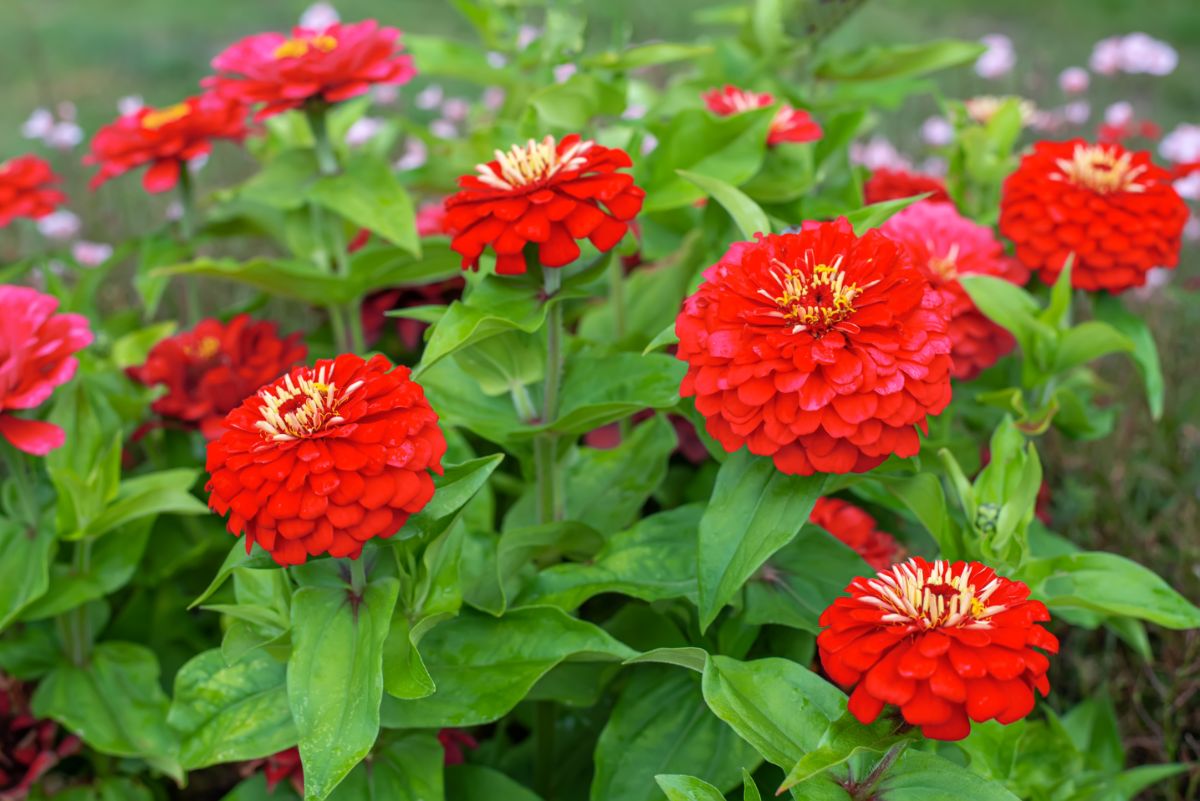
Pansies are an excellent choice for gardeners looking for a flower that is easy to grow and provides long-lasting blooms. They are a common sight in gardens during the spring and summer seasons, boasting a variety of colors such as red, black, white, and yellow. Pansies are scientifically known as Hortensis and are also referred to as faces under the hood or heartsease. Originally from England, these plants can grow up to 6-9 inches in height and require full sun exposure with well-drained soil. Ideal for hardiness zones 7-10, pansies are perfect for novice gardeners who want to enjoy a simple yet rewarding experience. Whether you’re looking for a white pansy for winter, a black pansy for dramatic effect, a red pansy for autumn or a yellow pansy for its fragrance, pansies are undoubtedly one of the most popular flowers around.
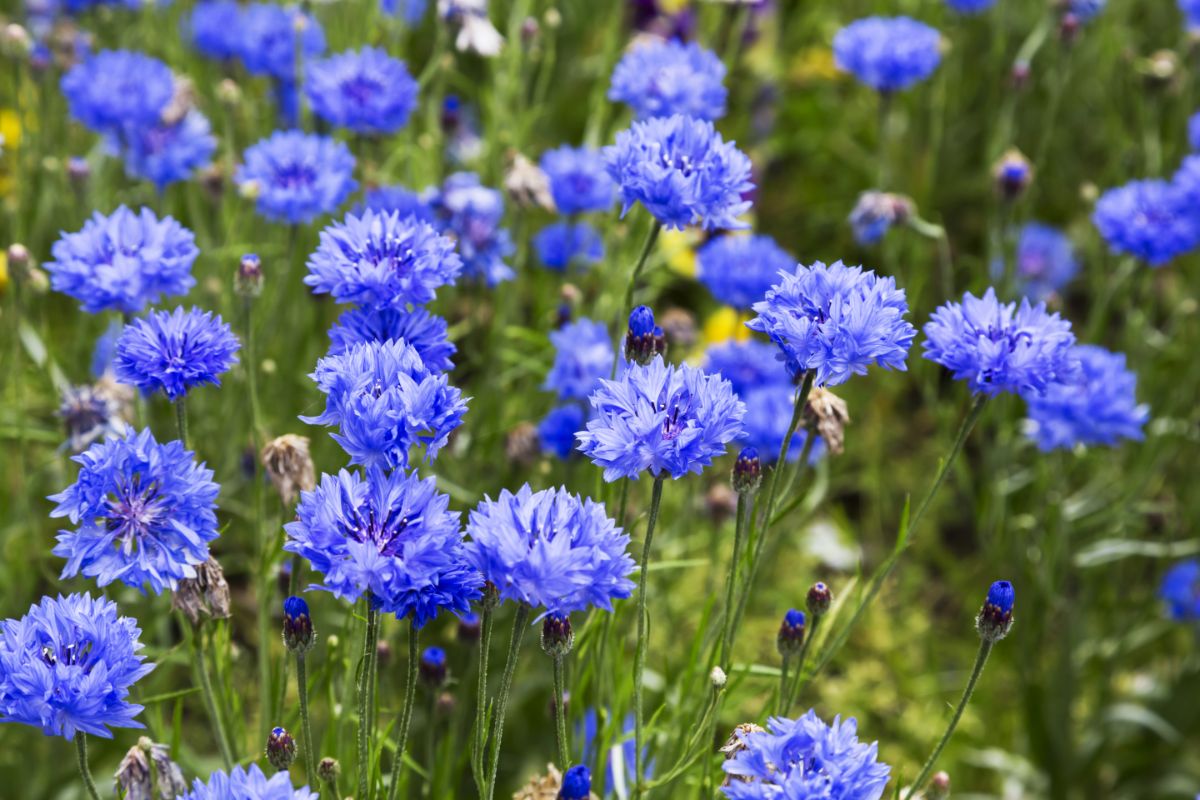
To ensure a continuous display of blooms, consider selecting different varieties of poppies. The scientific name for the common poppy is Papaver rhoeas, also known as Flanders poppy, field poppy, or simply poppy. This species originates from Asia, Europe, and North Africa, and typically grows between 9-18 inches tall. Blooms can range in color from red, orange, white, pink, yellow, and purple, and appear from summer to early fall. Poppy plants thrive in full sun and moist loamy soil, and are hardy in zones 3-10. While there are numerous types of poppies, we will only focus on the common variety, although you may be familiar with other species such as the opium poppy, Oriental poppy, and California poppy. It’s important to check the blooming times before purchasing seeds or potted plants, as different poppies have varying seasons. Poppies are ideal for filling containers on your balcony or yard, as they grow well in pots. Another option to maintain a stunning display of flowers is to select calibrachoas.
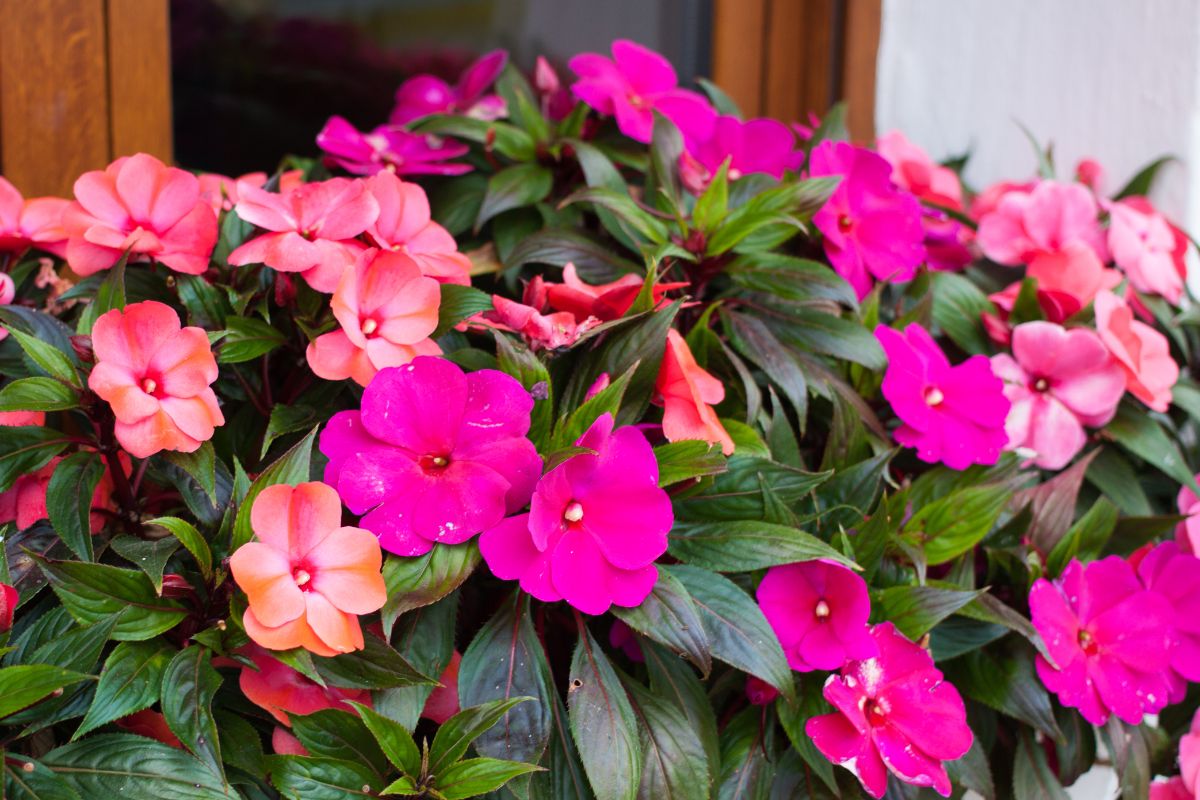
Calibrachoas are not only great for gardens, but they also make excellent additions to containers and hanging baskets. This lovely plant is scientifically known as Calibrachoas parviflora and is also recognized by other names such as cabaret, colorburst, and can-can. This species is native to America, Mexico, and South America, and has a plant size of about 8-10 inches high. Calibrachoas come in a wide range of colors such as purple, orange, blue, red, white, pink, or yellow, making them an excellent choice for adding color to your garden. These flowers bloom from spring to fall and thrive in full sun or partial shade. They require fast-draining soil and are hardy in zones 9-11. Calibrachoas are commonly used to showcase gardening skills and work well in garden beds, hanging baskets, planters, and window boxes. With tiny flowers similar to petunias, you can also choose a striped hybrid to add a creative touch. You can even plant them in small patches to create ground cover. Another excellent addition to your garden is Ageratum.
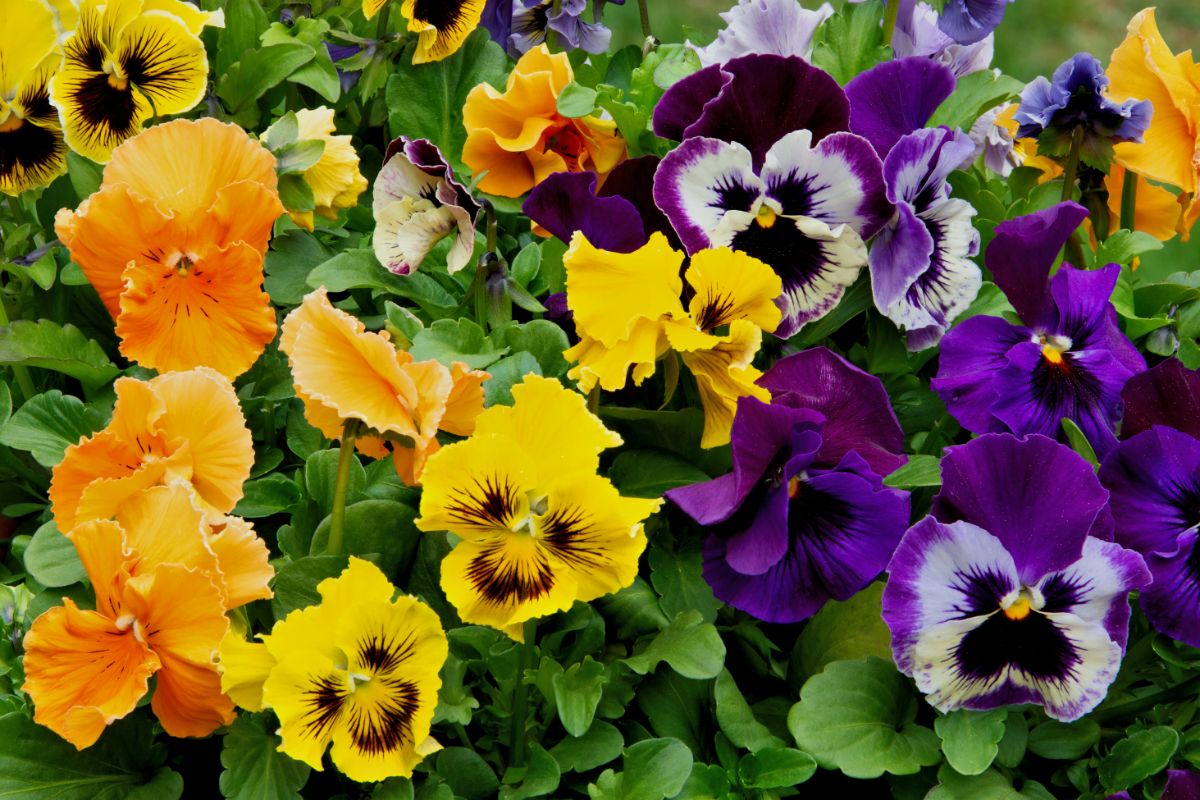
Ageratums are a precious addition to your garden as they are both visually appealing and attract pollinators. These lovely plants can be identified by their scientific name, Ageratum houstonianum, but they also go by other names like pussyfoot and blueweed. They hail from South America and Mexico and can grow to heights ranging from 4-26 inches. Their blooms come in various colors like white, violet, blue, or pink and last from late spring throughout fall. Ageratums thrive in full sun or light shade and require well-drained soil. If you’re looking for bedding plants, Ageratums are perfect as their pom-pom shaped flowers are unique and not commonly found in gardens. Although they mainly bloom in shades of blue, you might also discover pink, lavender, or red varieties. Most importantly, their flowers attract pollinators like bees, hummingbirds, and butterflies, making them an excellent option for those who want to create a pollinator-friendly garden.





